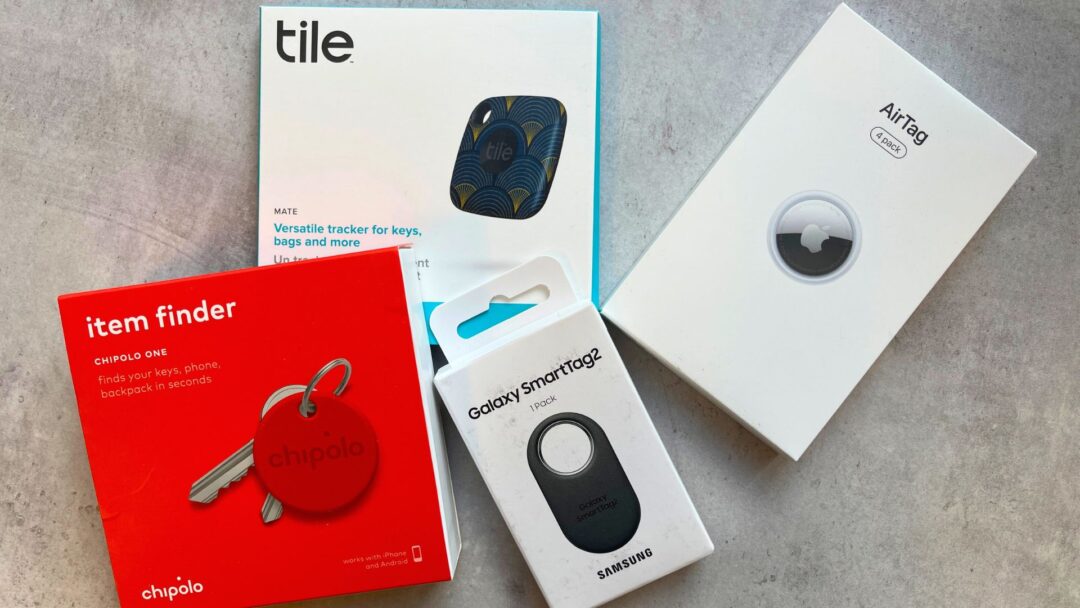A smart tag is like a little breadcrumb that helps you find your stuff again, and if Hansel and Gretel had kept one in their pocket, they might have been saved, even if the birds ate the crumbs they dropped on the path.
You can track the things you lose or get stolen, but smart tracking devices can also help with forgetfulness. So if you’re the type of person who’s been seen running around looking for your keys, or if you have a child who can forget where they left their bike, smart tags are a no-brainer.
Think of smart tags as insurance you only have to pay for once. You don’t use them on a daily basis, but when you need them, they’re ready and all you have to do is open an app and search.
Mobile phone manufacturers and others
There are roughly two types of tags. Those that come with their own app and work with both Android and iOS. And then the mobile manufacturers’ own products. In this group test, we have included Apple and Samsung smart tags, which only work with smartphones from the same manufacturer. This restricts them, but on the other hand, they generally have more advanced features than the generic ones.
Read the review and decide for yourself what is most important to you.
How they work
When you are within range of the tracking device, it uses Bluetooth or simply sound to let itself be found. Several can also be used to find your phone. The way it works is that by pressing the smart tag, you can dial the phone.
However, the major disadvantage of smart tags is that they do not register their location in real time. In other words, you can’t tell for sure if a smart tag is where it says it is. You can only see that it has been there before and hasn’t yet been registered somewhere else.
Because smart tags don’t have their own built-in GPS. They are part of a network, and if you report that you have lost your tag, it will send a message to the rest of the network and “ping” if it is found. Accuracy is determined by the size of the network.
And even with a sparse network, smart tags can deliver happy stories, and here’s one of them.
The bike thief
When a friend of mine had his bike stolen, he was happy that he had a smart tag under the saddle. Unless the bike thief was clever enough to remove the tag, my acquaintance felt confident that he would find his bike again.
But it took a while from the time the bike was stolen to the time the little tag registered. Every time he checked, it said that the tag was last registered where he had left his bike. My acquaintance just had to wait and check his app regularly.
When a new location finally appeared, it was in a city over 100 kilometres away. That’s how far the bike had travelled without the tag being registered in the network and it was impossible to know if it was still there.
But my acquaintance drove off immediately and he actually found the bike at the address where the smart tag had been registered. He put it on the back of his car, drove home with it and is happy to tell everyone the story.
